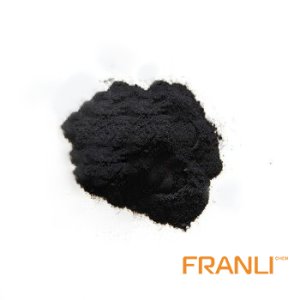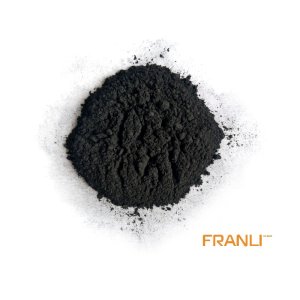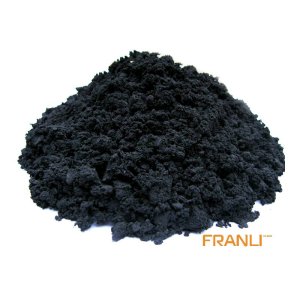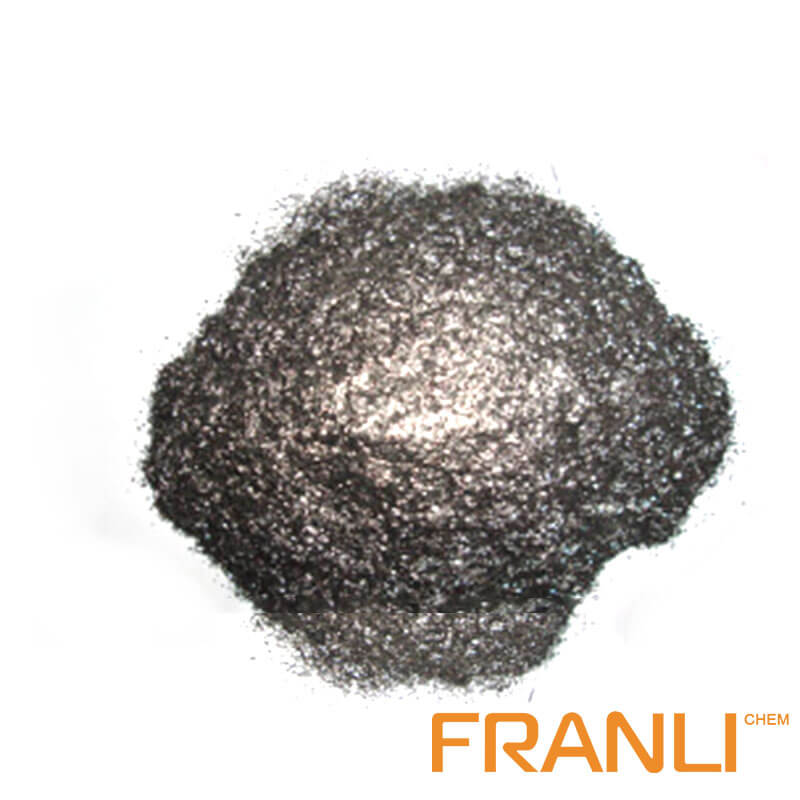
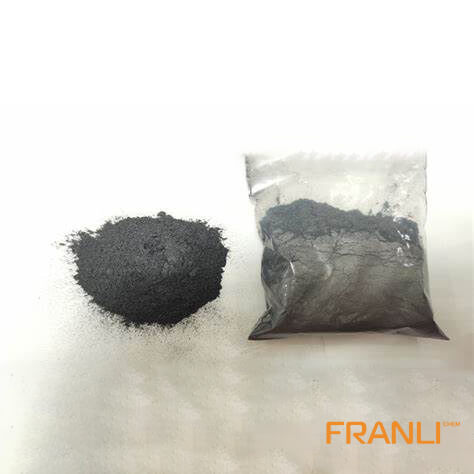
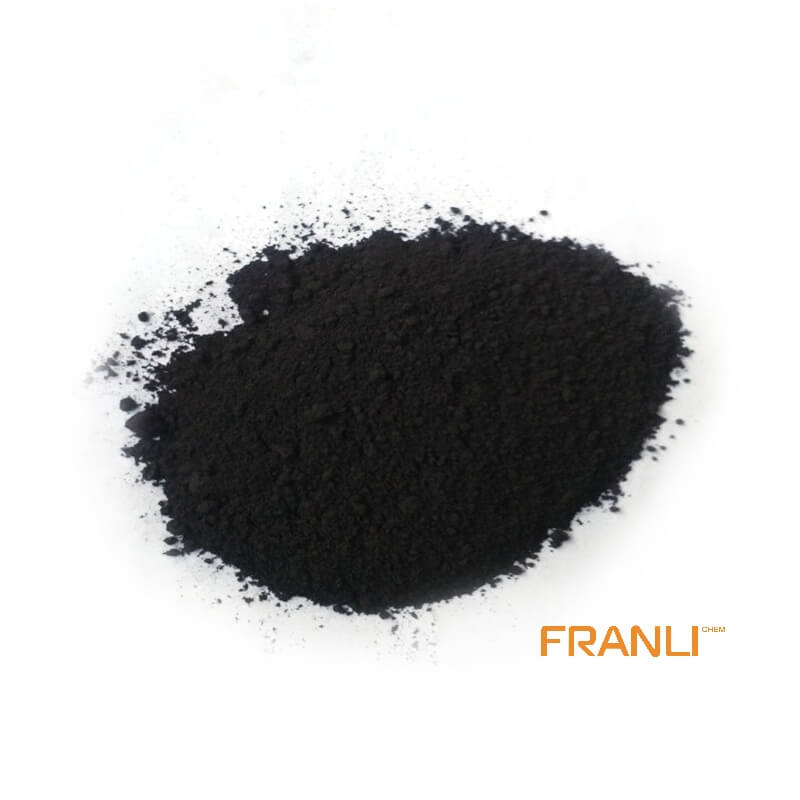
Flake Graphite
Size
0.01mm
Carbon Content
99%min
Package
25kg small bags into ton bags
Origin
China
Features
thermal shock resistance, lubricity, conductivity and plasticity…
Application
Lead battery plates positive and negative conductive agent, lithium batteries nickel hydrogen etc
Natural flake graphite has superior physical and chemical properties and is widely used in metallurgy, coatings and refractory industries. It is an important non-metallic raw material that is indispensable for today’s high-tech. Flake graphite is divided into large flake graphite and fine flake graphite according to the size of its scales. Usually, large flakes refer to +32 mesh, +50 mesh, +80 mesh, and +100 mesh flake graphite. Flake graphite below these meshes is called Fine flake graphit
Request a quoteThe production of natural flake graphite is abundant in the world, especially in China, and several producing areas in China produce a large amount of graphite.
China is rich in graphite resources, with the total reserves ranking the first in the world for a long time, including more than 1 billion tons of crystalline graphite. The scale of crystalline graphite ore is mostly large and medium-sized, accounting for 70% of the total number of ore-producing areas. About 88% of the mineral reserves of crystalline graphite in China are concentrated in large-scale ores.
Graphite resources are widely distributed in China. At present, 91 mining areas have been found in 25 provinces (cities, autonomous regions). From the national perspective, the distribution of graphite resources is characterized by “wide distribution, more in the East and less in the west, and individual enrichment”. Crystalline graphite is mainly distributed in Heilongjiang, Inner Mongolia, Shanxi, Sichuan, and Shandong provinces, with more than 80% reserves in China. Heilongjiang and Inner Mongolia have the largest reserves of crystalline graphite; aphanitic graphite is mainly distributed in Inner Mongolia and Hunan Province, and its reserves account for more than 67% of the country.
Since 2015, great achievements have been made in the exploration of large and super large graphite deposits in China. For example, the amount of proven graphite minerals in the northwest Leng Graphite Deposit in Linkou, Heilongjiang Province, has reached more than 35 million tons, reaching a super large scale; Dawudian Graphite Deposit in Wulate Middle Banner, Inner Mongolia, has proved 17.76 million tons of crystalline graphite minerals, reaching a super large scale; More than 7 million tons of crystalline graphite minerals have been discovered in chahanmuhulu Graphite Deposit, Alxa Right Banner, Inner Mongolia, reaching a super large scale.

Property The main producing areas of aphanitic graphite are Chenzhou, Hunan, Panshi, Jilin, etc.
1. Jixi, Heilongjiang
Building the “graphite capital of China” is Jixi’s “gold-lettered signboard”. Longjiang “stone” generation, not my “ink” is. The graphite industry has become a new favorite of Longjiang, a 10 billion level industry that Jixi strives to build, and a leading industry that will support the transformation and development of Jixi in the future.
The proven reserves of graphite resources in Jixi are 662 million tons, with high industrial utilization value. There are more than 50 graphite enterprises in the city. The graphite products cover 17 series, including high-purity graphite, expandable graphite, synthetic diamond, lithium battery anode material, graphene, graphite electrode, and more than 200 kinds. It is the most important graphite production base in the world.
Jixi City aims at the development direction of new energy, high-end equipment manufacturing, new materials, energy conservation, and environmental protection, takes the development of graphite industry as the main direction and top priority of transformation and development, and is known as the “graphite capital of China”.
Jixi, the “graphite capital of China”, is not a false name. Jixi not only has resources, but more importantly, industries are gathering here. Now there are 51 graphite enterprises and 34 deep-processing enterprises in the city, forming six industrial chains of sealing materials, conductive materials, superhard materials, energy storage materials, and graphene materials, and 17 deep-processing products such as anode materials and graphite paper. park
Jixi graphite industry by extending the six deep processing industry chain, with better, BAIC group, Shenzhen Dahua, and other industry leaders as representatives to accelerate the agglomeration. project Li Yingchun, deputy head of Hengshan District People’s Government of Jixi City, said: “this year, Jixi City will continue to strengthen the introduction of graphite deep processing enterprises, continuously promote the research and development of new graphite products and the transformation of technological achievements, further extend the graphite deep processing industry chain, and continuously improve the added value of graphite products.”
In the future, Jixi will adhere to the “five modernizations” development direction of enterprise clustering, industrial scale, high-end products, intensive elements, and green development, and make every effort to promote the graphite industry to move forward to the middle and high-end. This year, Jixi’s development goal is to achieve the main business income of 5 billion yuan. On this basis, the industrial doubling plan will be implemented in the next three years.

2. Luobei, Heilongjiang
Hegang is rich in graphite resources, with proven reserves of 1.731 billion tons, which is the largest natural graphite mine in the world. Hegang is listed as one of 103 energy resource bases and one of 267 national planned mining areas in China, and it is clear to build graphite and deep processing industrial cluster in Hegang. Hegang has identified five major industrial chains, including new energy, graphene, sealing heat dissipation, superhard and metallurgical refractory materials.
By 2020, the annual output value of graphite and related industries in Hegang will strive to reach 20 billion yuan, and by 2030, Hegang will be built into the most important industrial cluster of China’s graphite industry and a 100 billion level graphite city in China.
As a state-owned capital investment company in China’s metal mining industry, China Minmetals attaches great importance to the acquisition, development, and utilization of high-quality metal mineral resources. Since the establishment of a strategic partnership with the people’s Government of Heilongjiang Province at the beginning of this year, and the signing of an agreement on mineral resources development and new material industry cooperation with the people’s Government of Hegang City, Minmetals of China has rapidly started the comprehensive development and utilization of graphite resources and the planning and design of green mine construction, and each work has been vigorously promoted with initial results.
3. Qingdao, Shandong
Laixi City and the Pingdu City of Qingdao are rich in graphite mineral resources. At the same time, Qingdao is also one of the three major graphite resource-producing areas in China, with graphite mineral reserves accounting for 22% of China’s total reserves.
Shandong Province is an important deposit of crystalline graphite in China, and also the main production area of flake graphite in China. The graphite mineral resources in Shandong Province are mainly concentrated in Pingdu City and Laixi City in the Qingdao area, and many deposits are also distributed in Laiyang, Wendeng, and Muping areas.
Pingdu City is a world-famous key production area of high-quality graphite, with graphite reserves ranking second in China. At present, the proven ore resources are 400 million tons, the mineral reserves are 13.815 million tons, and the mineral reserves are 7.01 million tons. Graphite resources in Pingdu City are mainly distributed in Zhang she, Liugezhuang, Mingcun, jiaogezhuang, Lujiazui, leukemia, qianwoniu, magezhuang, Cancun, Jingcun, etc., as well as Heili company, heilongxili mine, Tengfei graphite mine, and Yunsheng mining company. The grade of graphite ore is generally 2.5-5%, and that of some mines is above 6%.
Zhangshe town in Pingdu City is known as the first town of graphite in China. The total reserves of graphite ore in the town are about 120 million tons, and the ore grade is 3-7%. It is easy to mine and has a large scale and good quality.
Liugezhuang graphite mining area is a sedimentary metamorphic deposit hosted in the strata of graphite bearing metamorphic rock series in Xucun member of Douya formation of Proterozoic Jingshan group. The deposit is controlled by strata. There are 4 ore-bearing zones, 11 ore-bearing beds, and 29 graphite ore bodies in the mining area. The main ore type is diopside type graphite ore, with a grade of 2.5-6.5% and the highest of 7.93%.
Nanshu Graphite Deposit in Laixi is a deposit zone including YuanHou orebody, Liujiazhuang orebody, and Yueshi orebody. It has been exploited for more than 60 years. It belongs to a high-quality flake graphite deposit with regional metamorphic superimposed hydrothermal metasomatism. There are three types of graphite ore: gneiss type, diopside type, and migmatite type. The average grade of the deposit is between 4.5% and 5.5%.

Beach graphite mine also has a mining history of nearly 40 years. The mine contains 11 main ore bodies, with a grade of 3% and a concentrate grade of 91.64%. At present, the mining is stopped. Laiyang City also has daliangzikou and piedmont scale graphite ore, with total reserves of 3.2739 million tons of graphite ore. the ore type is mainly biotite plagioclase gneiss, with a grade of 2.7-3.28% and a scale size of 0.8-1.25 mm.
“Laixi will build a new graphene material industry demonstration base in China and a national” carbon Valley “industrial demonstration base, absorb graphene production enterprises representing the world’s top technologies and form a world-class new material industry chain of 10 billion yuan in three years In the next step, Laixi will build a national graphene carbon material testing center, a graphene carbon material research and development base, and a graphene carbon material standard-setting unit, the relevant person in charge of Laixi said. RMB100mn By 2023, the total industrial output value will reach 50billion yuan.
4.Inner Mongolia Xinghe
Xinghe County of Inner Mongolia is rich in graphite resources, especially flake graphite. The proven ore reserves are 65 million tons and the prospective reserves are 200 million tons. It is one of the three major graphite-producing areas in China. Due to its excellent properties, high-temperature resistance, acid and alkali resistance, corrosion resistance, wear resistance, compression resistance, and conductivity, flake graphite is widely used in iron and steel, machinery, metallurgy, refractory, chemical industry, new electronic industry, and other industries.
With the development of China’s natural graphite industry standardization, the production cost of primary products increases, coupled with the strict environmental inspection, the production of deep-processing products is limited, especially the graphite purification link, which has become a bottleneck restricting the development of natural graphite industry in some places. Therefore, there is more and more imported natural graphite in China’s natural graphite market, and domestic natural graphite enterprises begin to purchase overseas graphite powder in batches, or directly open overseas graphite mines.
But in recent years, more and more companies have begun to process flake graphite, and the output and quality of flake graphite vary from place to place, but after factory processing, both ultra-fine flake graphite and large flake graphite can meet customer standards.

